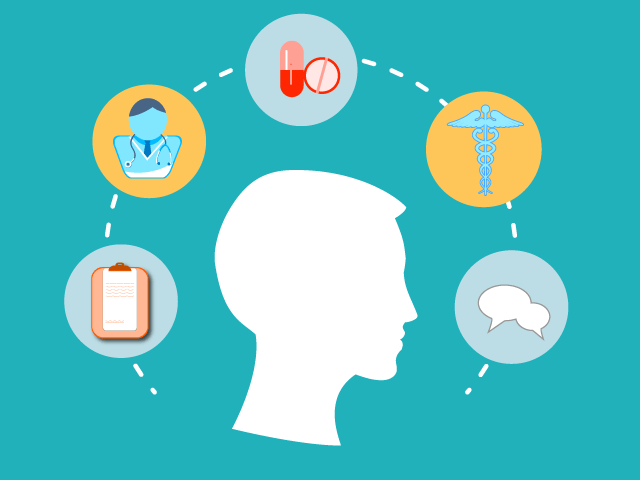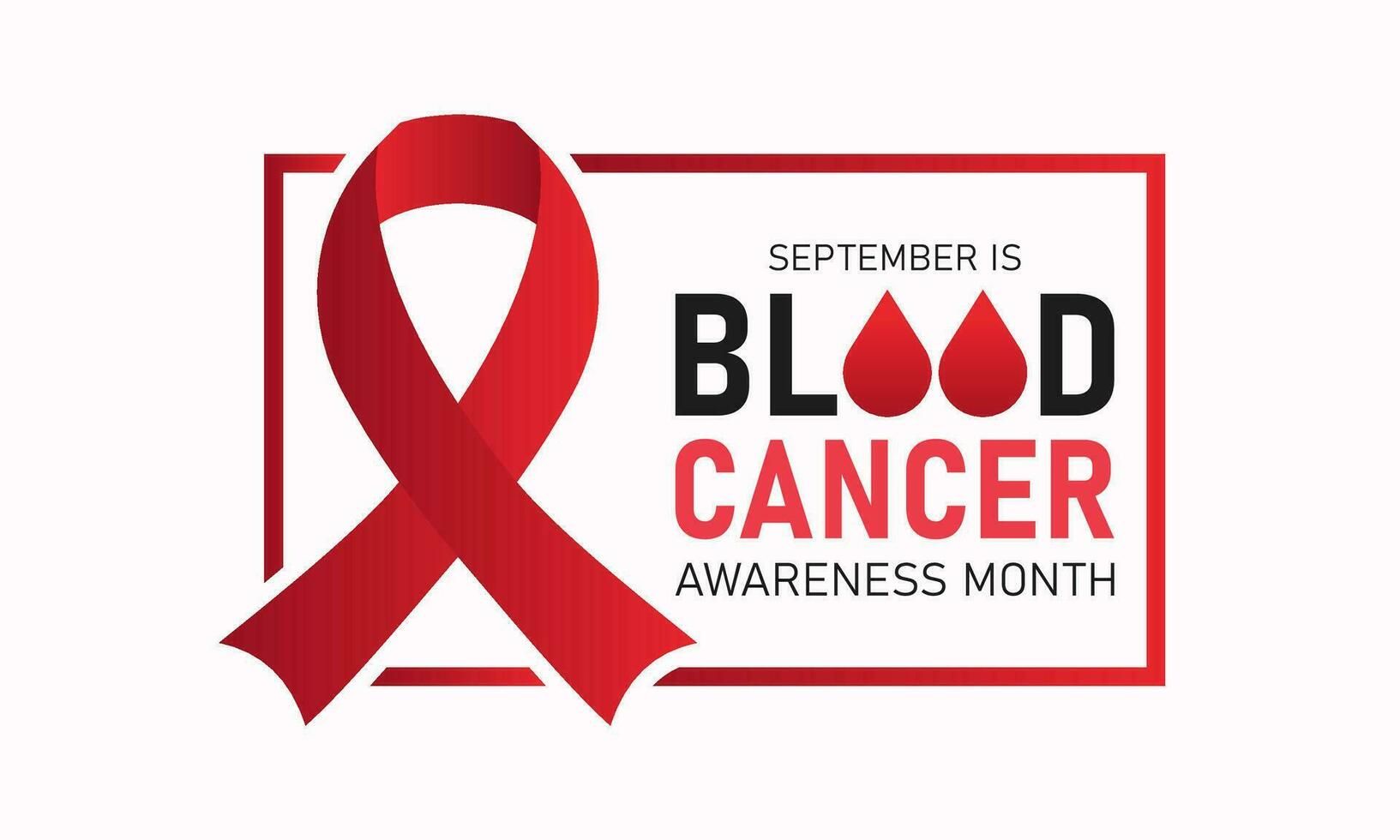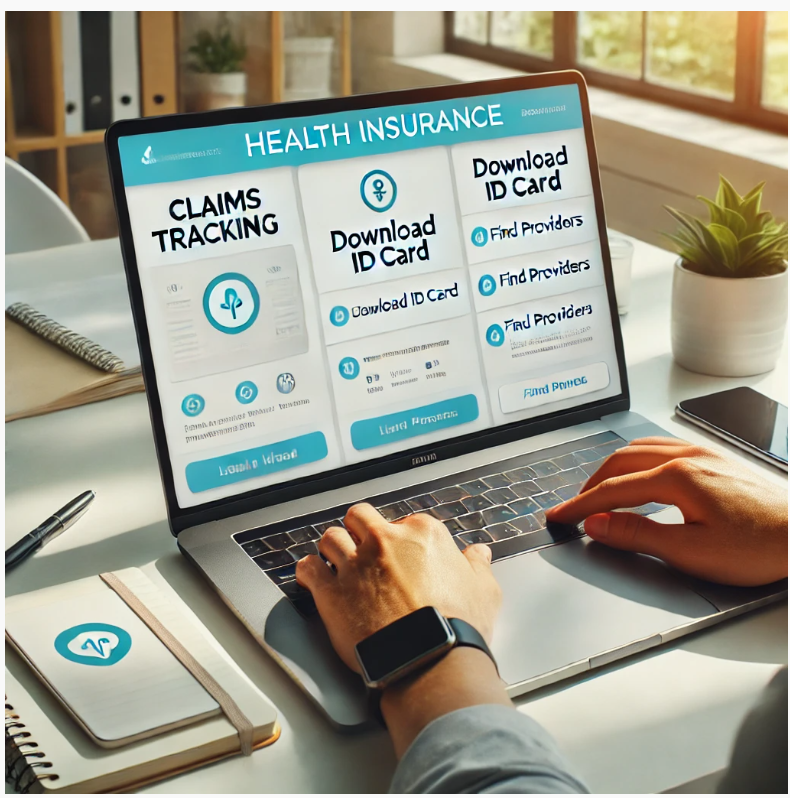October 6, 2025
Un derstanding the 4 Key Components of a Health Insurance Policy Health insurance can feel overwhelming—full of terms, numbers, and fine print that don’t always make sense at first glance. But when you break it down, most health insurance policies are built around four main cost-sharing components: deductible, co-pay, coinsurance, and maximum out-of-pocket (MOOP). Understanding these four pieces is essential, because they determine not only how much you pay when you use medical services, but also how quickly your plan begins to share costs with you. Let’s walk through each in simple, everyday language so you can feel more confident about how your policy works. 1. Deductible: Your Upfront Responsibility The deductible is the amount you pay out of pocket before your insurance company begins covering certain services. Think of it like the entrance fee you must pay before your insurance kicks in for many covered benefits. For example, if your deductible is $2,000, you are responsible for the first $2,000 of eligible medical expenses each year. After you reach that amount, your insurance will begin to share the cost of your care, usually through coinsurance or co-pays. A few important points about deductibles: Not all services apply. Many plans allow you to see your primary care doctor, receive preventive screenings, or get generic prescriptions without paying toward your deductible first. Preventive care (like annual check-ups or vaccines) is almost always covered at no cost under the Affordable Care Act. Family deductibles work differently. If you have a family plan, there is usually both an individual deductible and a family deductible. Once one person meets their individual deductible, the plan starts helping with their costs. Once the total family deductible is met, coverage expands for everyone in the household. High vs. low deductibles. Plans with higher deductibles usually come with lower monthly premiums. Plans with lower deductibles often have higher premiums. The right balance depends on your expected healthcare usage. In short, your deductible is the foundation of your plan. Until you meet it, you’re largely paying medical costs yourself. 2. Co-Pay: A Flat Fee at the Time of Service A co-pay (short for “copayment”) is a fixed amount you pay when receiving certain medical services, such as visiting your doctor, filling a prescription, or going to urgent care. For example: $25 to see your primary care doctor. $50 for a specialist visit. $15 for a generic prescription. The key thing to know is that co-pays are predictable. Whether your doctor charges $150 or $250 for the visit, you still pay the same flat fee. A few notes about co-pays: Co-pays are due at the time of service, making them one of the most visible costs of health insurance. They may or may not count toward your deductible, depending on your plan. Always check your policy details. Many people appreciate co-pays because they provide certainty—you know exactly what you’ll owe for certain services. In everyday terms, co-pays are like the set cover charge at the doctor’s office: you pay your fixed share, and insurance covers the rest right away. 3. Coinsurance: Sharing Costs with Your Insurance Company While a co-pay is a flat fee, coinsurance is a percentage of the bill that you pay once your deductible has been met. This means your costs will vary depending on the price of the service. For example, let’s say your plan includes 20% coinsurance: You have already met your deductible. You need an MRI that costs $1,000. Your share is 20% = $200, and insurance pays the remaining $800. Coinsurance can apply to hospital stays, imaging, outpatient procedures, or other higher-cost services. It ensures that you and your insurer both share responsibility for expenses after your deductible is met. A few key points: Coinsurance only kicks in after the deductible has been satisfied. The percentage varies by plan—commonly 10%, 20%, or 30%. If you haven’t met your deductible yet, you pay the full cost of the service. Coinsurance is like splitting the bill with your insurance company—you both cover part of the cost, but the insurer usually pays the larger share. 4. Maximum Out-of-Pocket (MOOP): Your Safety Net The maximum out-of-pocket (MOOP) is the most you will have to pay for covered services in a plan year. Once you reach this amount, your insurance company pays 100% of covered expenses for the rest of the year. Here’s how it works: Your deductible, co-pays, and coinsurance all count toward this maximum. Premiums (your monthly payments) do not count toward it. Once you hit the MOOP, you are fully protected from additional covered medical costs for the remainder of the plan year. For example: Your plan has a $6,500 MOOP. Over the year, you pay $2,000 to meet your deductible, $1,500 in coinsurance, and $3,000 in co-pays. That totals $6,500, meaning you’ve reached your maximum out-of-pocket. From that point forward, your insurance pays 100% of all covered services until the new plan year begins. This is the ultimate financial protection built into every health insurance policy. It ensures that no matter how high your medical costs go, there’s a ceiling on what you’ll owe. Putting It All Together Understanding these four components—deductible, co-pay, coinsurance, and maximum out-of-pocket—gives you a clearer picture of how your policy works in real life. Let’s consider an example: You have a plan with a $2,000 deductible, 20% coinsurance, $25 co-pay for office visits, and a $6,500 MOOP. You go to your doctor for a sick visit → $25 co-pay. Later, you need blood work costing $300. Since you haven’t met your deductible yet, you pay the full $300. After meeting your $2,000 deductible through several services, you need an MRI costing $1,000. Now, instead of paying the full amount, you pay 20% = $200, and insurance covers the rest. Over the course of the year, once your combined payments hit $6,500, your insurer takes over and pays 100% of covered costs. Final Thoughts Health insurance can be intimidating but breaking it into these four pieces makes it easier to understand. Deductible: what you pay first. Co-pay: flat fee for certain visits or prescriptions. Coinsurance: percentage of costs after your deductible. Maximum Out-of-Pocket: the cap that protects you from runaway expenses. With this framework, you can compare plans more confidently, understand your true potential costs, and make choices that fit your healthcare needs and budget.































